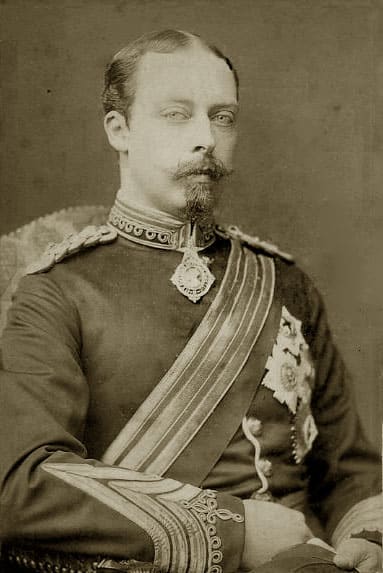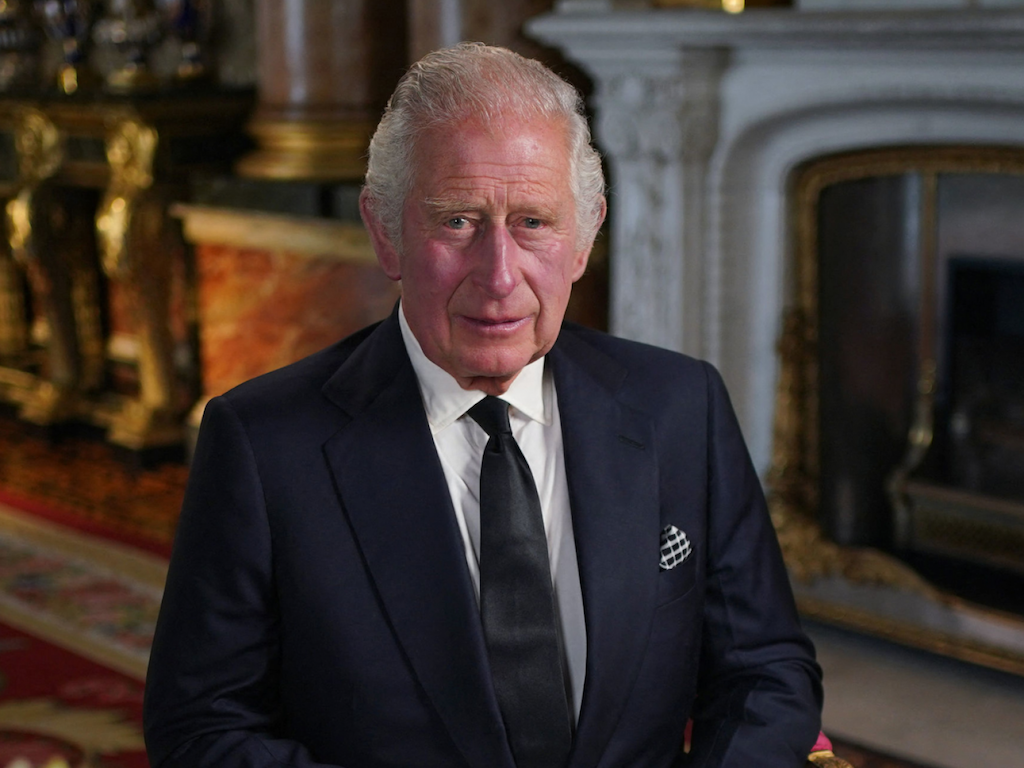The Queen and Hemophilia

The Queen is dead; long live the King! This phrase is being used around the world as England mourns the death of Queen Elizabeth II. Her eldest son Charles, once married to Diana, has been pronounced King Charles III.
Queen Elizabeth II’s death renewed my curiosity about why the current royals—Charles (now Charles III) and Diana, Princess Anne, Andrew and Edward—and all their assorted children and grandchildren, don’t have hemophilia? After all, both Elizabeth II and Prince Phillip, her husband, were both direct descendants of the most famous carrier of hemophilia in the world—Queen Victoria. They are third cousins.
Hemophilia became the “royal disease” with Queen Victoria. She was, until Queen Elizabeth II, who just passed away at age 96, surpassed her, the longest ruling monarch in history, at 63 years and 216 days. Queen Victoria, a known carrier of factor IX deficiency, also called hemophilia B, was Prince Phillip’s great-great-grandmother.
The Paternal Lineage

Prince Phillip was born a prince (unlike Diana, Camilla, Kate and Meghan, who married into the family). His mother, Princess Alice, was a great-granddaughter of Queen Victoria. Phillip was descended from the third child of Queen Victoria, also called Alice, who like her mother, was a carrier for factor IX deficiency, or hemophilia B. In fact, Queen Victoria had nine children, of whom two were carriers (Alice and Beatrice) and one had hemophilia (Leopold).
Alice married Louis IV, the Grand Duke of Hesse. Alice introduced hemophilia into the House of Hesse and this German lineage. There were seven Hesse children: one had hemophilia (Frederick) and two were carriers (Victoria, Phillip’s grandmother, and Alix). Alix married the Tsar of Russia, Nicholas II, and gave birth to Alexei (Alexis), who had hemophilia. So, Prince Phillip has a long and illustrious side to his family tree regarding hemophilia! It’s been proposed that Nicholas II was so distracted by his son’s suffering due to hemophilia, that eventually he lost his grip on the monarchy at a time when the Bolshevik Revolution was poised to strike. And it did strike.
Leopold, the only one of Queen Victoria’s nine children to have hemophilia, passed the carrier gene to his daughter Alice. Descendants of Victoria would married into the royal families of Russia, Spain, and Germany, and have children with hemophilia. And that’s where you get the moniker “Royal Disease.”
The Maternal Lineage
Queen Elizabeth’s side does not carry hemophilia. She is a direct descendant of King Edward VII, a son of Queen Victoria who did not have hemophilia. Phillip is her great-great-grandson but did not inherit hemophilia from his mother (not a carrier) or grandmother (also not a carrier but with a flip of the genetic coin might have been).

Since Queen Elizabeth II had no hemophilia in her direct line, neither Charles nor his sons, William and Harry, have hemophilia or were ever at risk of inheriting it. We are happy none of them have hemophilia, but even if they did, with the excellent treatments we have today, it would not interfere much with their royal duties.
There as a time when I knew very little about the royals. I do recall in the 1980s playing the game Trivial Pursuit with friends, and pulling up the card that asked, “What disease is called the royal disease?” I knew the answer, but couldn’t recall why; did I read about Russian history? Or medical history? I don’t know; I just knew it. What I didn’t know is that a few years later I would give birth to a baby with hemophilia.
Our condolences to England for the loss of their lovely queen; and all best wishes to Charles as King Charles III.

